Bicycles are not only a recreational vehicle—they are also a way to get around for millions of people in the United States. When Used on Roadways, Bicycles Are Considered Vehicles When ridden on roadways under U.S. traffic laws, cyclists are required to obey many of the same laws that motor vehicles do. Many cyclists and motorists, however, are not familiar with the legal status of bicycles when sharing the road.
Bicycles are Considered Vehicles on Roads
 Under U.S. motor vehicle laws, bicycles are technically considered vehicles when ridden on roadways. This means that cyclists have the same rights and responsibilities as motor vehicle operators. They must follow traffic signals, signage, and right-of-way laws, just like cars and motorcycles. By defining bicycles as vehicles, we make a structured traffic system that improves safety and reduces conflict between cyclists and motorists.
Under U.S. motor vehicle laws, bicycles are technically considered vehicles when ridden on roadways. This means that cyclists have the same rights and responsibilities as motor vehicle operators. They must follow traffic signals, signage, and right-of-way laws, just like cars and motorcycles. By defining bicycles as vehicles, we make a structured traffic system that improves safety and reduces conflict between cyclists and motorists.
Either way, familiarity with these laws is crucial to ensuring safety, reducing accidents, and fostering a cooperative environment between all road users. Whether commuting, exercising, or recreationally riding, cyclists need to know their rights and responsibilities to legally navigate the roads.
This helps to avoid conflicts on the road, making it safer for both the cyclist and the motorists, helping to create clear expectations for both sides. State laws governing bicycles may vary, but the general rule is the same: cyclists have the right to be on the roadway, but they should also abide by traffic signals, signage, and right-of-way laws.
Understanding when and where cyclists have the right of way, how they should interact with traffic signals, and the importance of using designated lanes—all of these can greatly impact their experience.
This article looks at how bicycles are categorized on U.S. roadways, what the law requires of cyclists, and the challenges they face when they share the road with motor vehicles. We’ll also look at how those rules vary from state to state and offer practical suggestions to help cyclists and motorists get along.
Classification of Bicycles on Roadways in the USA
In the United States, bicycles are generally classified as vehicles under federal guidelines, meaning cyclists are granted the same rights and responsibilities as motor vehicle drivers. However, traffic laws governing bicycles vary significantly across different states, leading to variations in how cyclists must navigate roadways.
Bicycles are considered vehicles at the federal level as part of transportation safety initiatives, but enforcement and specific regulations vary between states. This means that although the normal traffic rules are the same across the country, each state is allowed to set its own cycling laws.
For instance, cyclists are subject to the same traffic signals and signage as motor vehicles in most states, while other states require bike lane use where available.
Some states have strict passing laws, some of the strictest in California and Oregon, which require motor vehicles to give a cyclist a minimum distance of three feet when passing.
Still, other states, including Idaho, permit cyclists to treat stop signs as yield signs under the “Idaho Stop” law, which allows them to traverse intersections when safe.
On top of this, local municipalities can regulate bicycle use within their boundaries, including sidewalk riding restrictions and helmet laws for various age groups.
Because of these differences, out-of-state cyclists must brush up on state and local laws so they can be law-abiding and help keep the road safe.
State-Specific Bicycle Laws
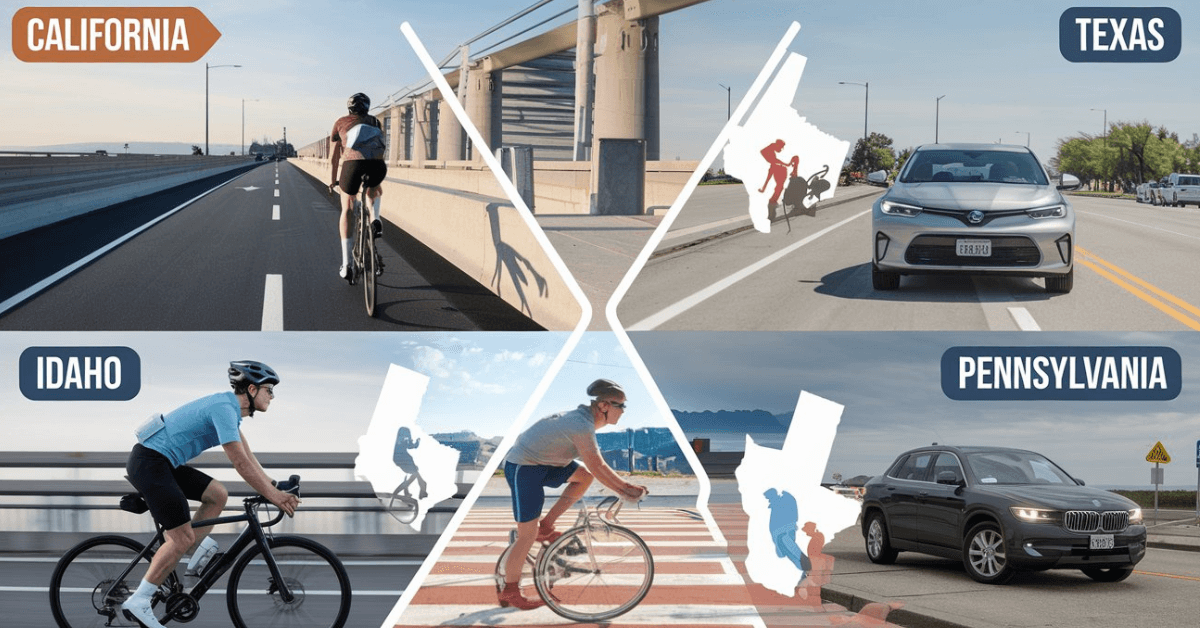
New York
- Bicycles are classified as vehicles and cyclists are subject to all traffic laws.
- Helmets are required for riders under 14 years old.
- Bicyclists must use bike lanes if available, unless unsafe.
- New York, which doesn’t have a measurement for safe passing, has a key clause in its “safe passing” law that states that motor vehicles must pass at a “safe distance.”
California
- The bicycle is technically considered a vehicle; therefore, you must abide by all traffic laws.
- The three-foot law requires motor vehicles passing cyclists to maintain three feet.
- “Idaho Stop” is not allowed; cyclists must stop at stop signs and red lights.
- Riders under 18 must wear helmets.
Texas
- Bike lanes are not mandatory for cyclists, but they must ride as far to the right as practicable.
- There is no statewide helmet law, although local ordinances may impose them.
- Drivers have to pass cyclists at a “safe distance.”
- Texas permits riding two abreast if not impeding traffic.
Florida
- Motor vehicles have the same rights and responsibilities as cyclists.
- A three-foot passing law is in effect.
- Helmets are compulsory for under 16s.
- Cyclists may ride two abreast but may not block traffic.
Pennsylvania
- Bicycles are classified as vehicles, and cyclists must follow traffic laws.
- A four-foot passing law is in effect.
- Cyclists can take the full lane if needed for safety.
- Helmets are required for riders under 12 years old.
Illinois
- Bicycles are considered vehicles and must follow all traffic laws.
- A three-foot passing law applies.
- Helmet laws are not mandated statewide but encouraged.
- Cyclists can use full lanes when necessary.
Ohio
- Bicycles are classified as vehicles.
- A three-foot passing law is in effect.
- Cyclists can use the full lane when necessary.
- No statewide helmet law, but local regulations may vary.
Georgia
- Bicycles are classified as vehicles with full road rights.
- You must leave a three-foot passing distance.
- A helmet is required for riders under the age of 16.
- Cyclists should use bike lanes when possible.
North Carolina
- Bicyclists are vehicles by law and must follow the traffic laws.
- No designated passing law, but drivers “must give adequate space.”
- Riders below the age of 16 must wear helmets.
- Cyclists are allowed to take the full lane (wider than the vehicle lane)
Michigan
- Bicycles are considered vehicles with full traffic rights.
- There is a three-foot passing law.
- There is no mandatory statewide helmet law.
- Cyclists are required to use bike lanes if they exist but may leave them for safety purposes.
In brief, knowing these classifications and regulations helps cyclists feel comfortable on the road without pitting themselves against other road users.
Quick Tips for Cyclists
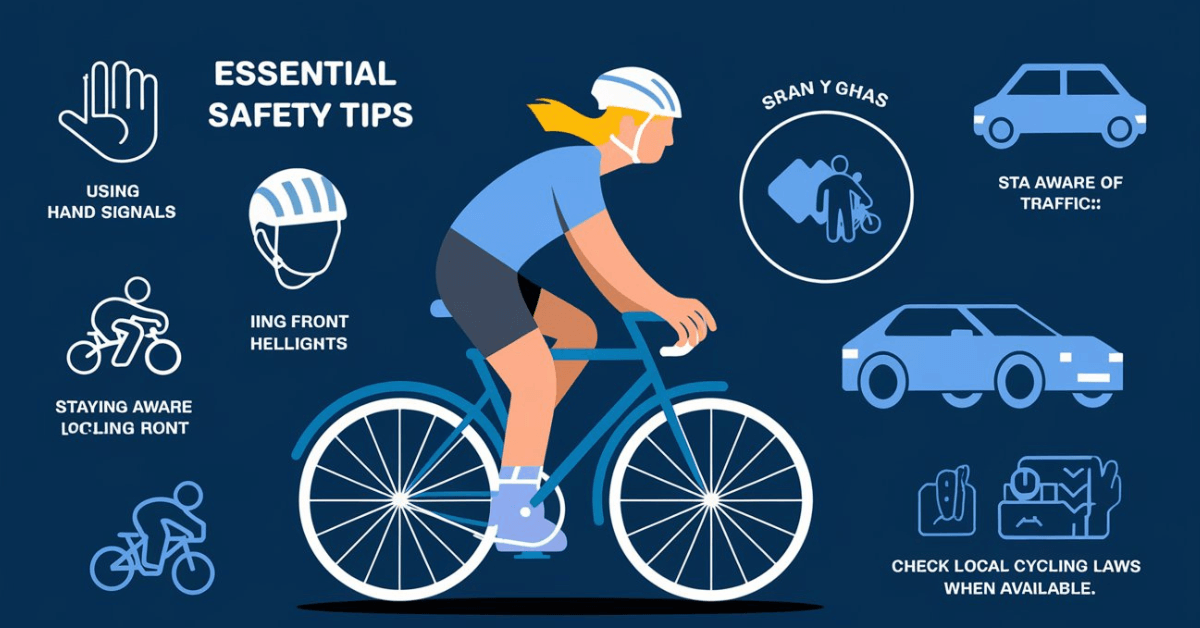
-
Use hand signals for turning and stopping.
-
For those who head out at night, be sure your bike is well-maintained and that you have the proper lights.
-
Know the local laws of the area you are cycling in, particularly concerning helmet requirements and the use of bike lanes.
-
Wear a helmet at all times, even if your state doesn’t require it by law.
By following these basic tips, cyclists and motorists can contribute to a safer, more enjoyable experience on the road for all. By keeping track of state and local laws, cyclists can advocate for safer infrastructure and help promote smoother traffic.
Common Challenges Cyclists Face on Roadways
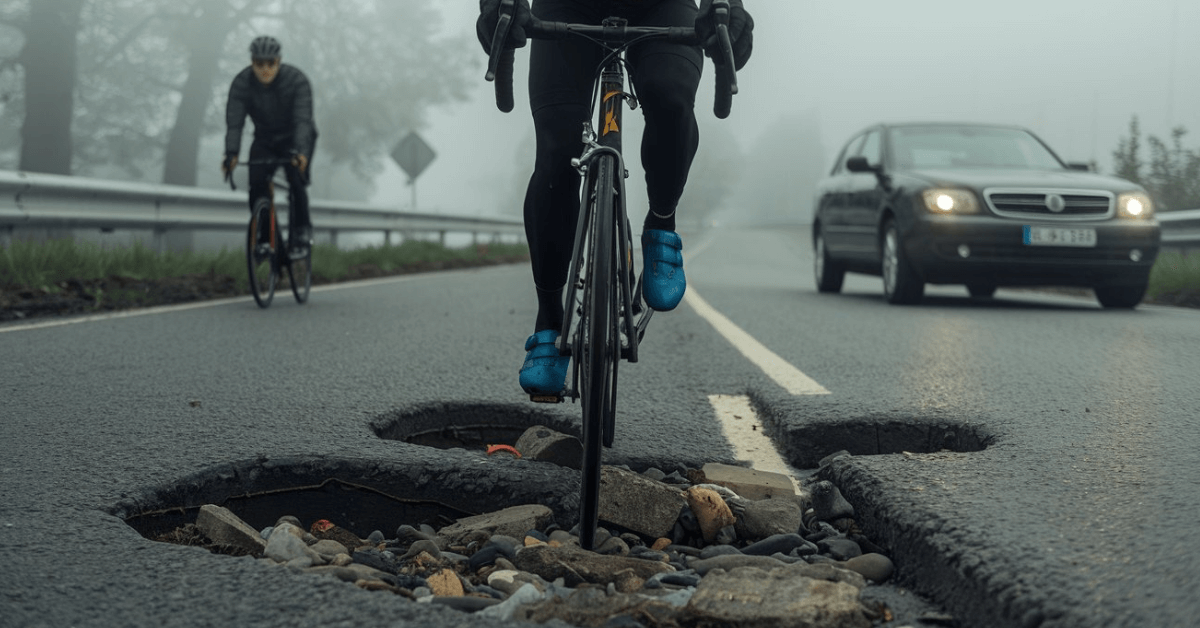
Where Do Roadway Cyclists Encounter Common Challenges?
Cyclists do have rights and protections under many traffic laws, but there are also many difficulties they encounter when sharing the road with motor vehicles. If not properly attended to, these challenges can produce risky circumstances and lead to a been there accident.
Road Conditions:
Many roads are constructed for motor vehicles, with very little regulatory infrastructure able to keep pace with increasing numbers of cyclists. Potholes, uneven pavement, missing or poor bike lanes, and road debris are major hazards for individual cyclists. Roads in poor condition have higher crash rates, and local governments need to invest in bike-friendly infrastructure.
Distracted Driving:
Mobile phone usage has skyrocketed and so has distracted driving. Motorists who are texting, talking on the phone, or otherwise distracted may not see cyclists, and collisions occur. While cyclists do take precautions, they rely on the presence of mind of drivers, and in this case, they need to stay aware and predict the actions of a distracted driver to protect themselves.
Limited Visibility:
Many cyclists are relatively lowly than motor vehicles, especially at night or in adverse weather conditions. Some drivers, even with reflective gear and good lights, can easily miss them until it is too late. This shows the need for more awareness campaigns and better lighting on roads.
Aggressive or impatient drivers:
Some drivers refuse to share the road with cyclists. Speeding, following too closely, and unsafe passing can put cyclists in a dangerous situation. As a general rule, cyclists often don’t get the sort of respect they deserve on the road and both cyclists and drivers have an obligation to know the law as well as it applies to them, otherwise you could experience road rage and other unnecessary confrontation.
Legal Hurdles:
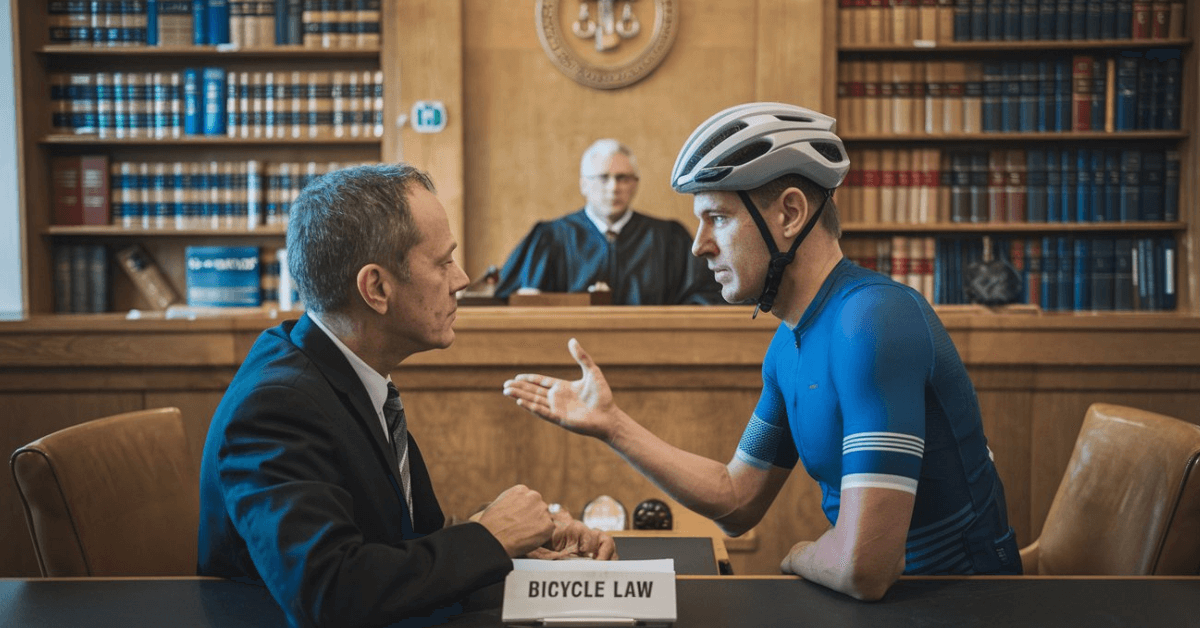
Some states have adopted cyclist-friendly legislation, but its enforcement is inconsistent. It may be difficult for cyclists to get legal protection in accident cases, and law enforcement officers aren’t always accustomed to dealing with bicycle-specific laws. State and local laws differ, leaving many cyclists uncertain of their rights when cycling from one area to another.
Right Hook and Left Cross Accidents:
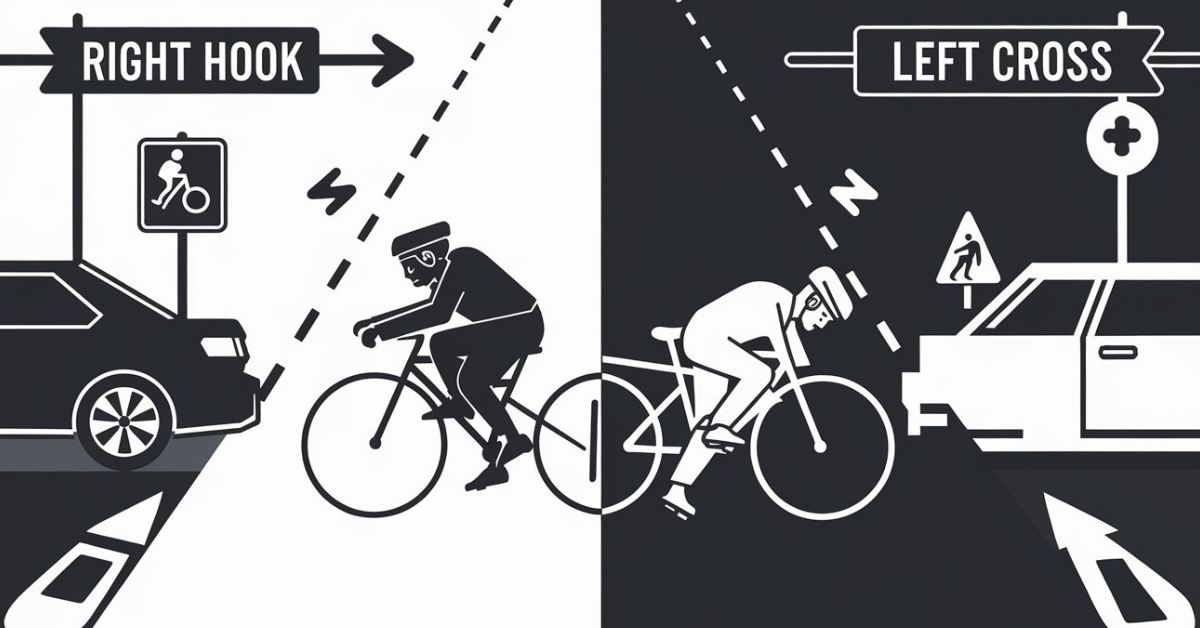 A common type of accident occurs when a motorist makes a right turn in front of a cyclist who is going straight, which is known as a “right hook.” Likewise, a “left cross” occurs when a driver turning left doesn’t see an approaching cyclist and collides with her. And awareness, as well as defensive riding techniques, can help prevent this type of accident.
A common type of accident occurs when a motorist makes a right turn in front of a cyclist who is going straight, which is known as a “right hook.” Likewise, a “left cross” occurs when a driver turning left doesn’t see an approaching cyclist and collides with her. And awareness, as well as defensive riding techniques, can help prevent this type of accident.
Lack of Public Awareness:
A lot of motorists don’t understand cyclists’ legal rights — or how to share the road. Many driver training and public education programs do not place a high enough value on bicycle safety. This gap can be fixed with more awareness campaigns and road sharing initiatives.
However, cyclists must take precautions, such as adherence to traffic laws, and protective clothing, coupled with pressing for better cycling facilities. Cities and states can and should do their part by constructing safer streets and enforcing the laws that protect people who ride bikes. When we all work together, cyclists and motorists can create a safer, more cooperative use of our roadways.
Bicycles on Roadways in Other Countries
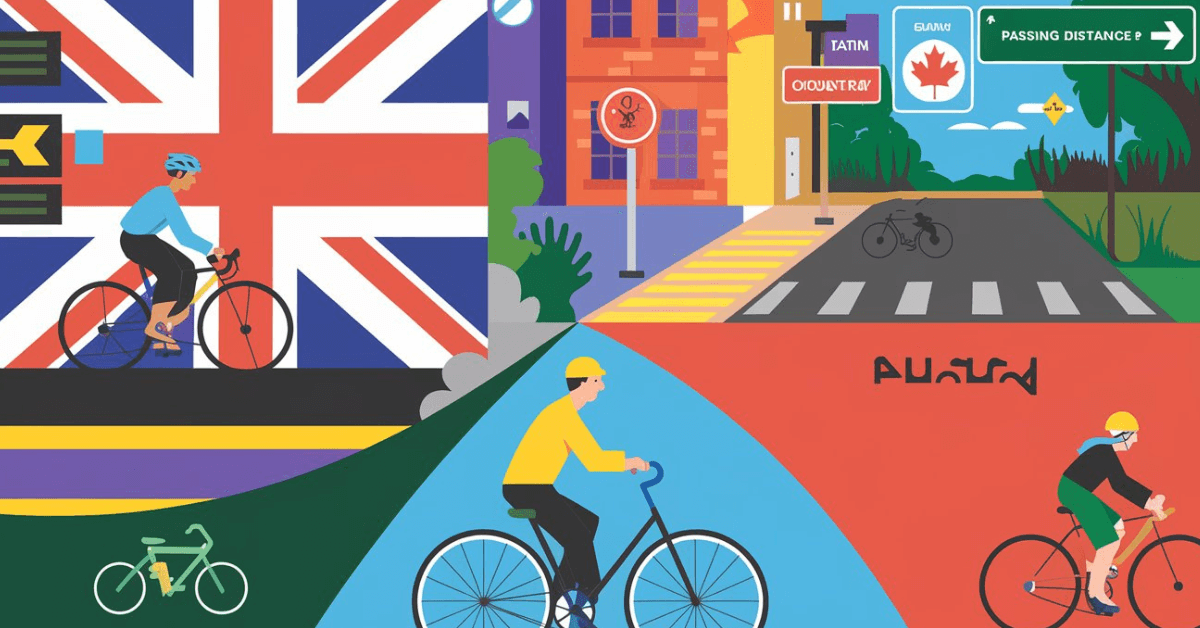
The laws on the books concerning bicycles on roadways differ from country to country; other nations, like the UK, Canada, and Australia, have specific laws related to bicycles out in the street but have varying cycling cultures.
Frame of reference: This realization helped me to understand why people across various countries accommodate cyclists differently, which equates to the difference between one region’s rules of the road and another’s.
United Kingdom:
In order to be a vehicle, bicycles are considered vehicles in the UK, and cyclists are subject to similar traffic laws as motor vehicles. The Highway Code, which provides rules, guidelines, and advice for all road users, has been updated recently to include a hierarchy of road users: cyclists and pedestrians now have a greater priority than before. Cycling on the pavement (sidewalk) is forbidden unless it is a shared path, which is not the case in some states in the USA.
Canada:
Canada’s laws on cycling differ from province to province, just as U.S. state cycling laws differ from one another. With a few exceptions, such as in New York City, where bicycles are always required to stay right, most provinces in the U.S. only require that cyclists ride as far to the right as practicable but may use the full lane when necessary. Most Canadian provinces have mandatory helmet laws for minors, and some have such laws for all cyclists, including British Columbia. Overtaking cyclists must also be done with at least one meter of space between the car and the rider; this law is easily enforced and is prevalent in many cycling-friendly nations.
Australia:
Every Australian state has stringent cycling rules, including mandatory helmet laws for all cyclists. Cyclists can ride in bike lanes where they exist, although they may also be obligated to ride to the far left of the street. To improve the safety of riders, Australian law also has minimum passing distances, which are generally 1 to 1.5 meters. Some states, though, allow cyclists to ride two alongside each other so long as they aren’t more than a certain distance apart.
These international approaches to cycling laws reveal trends around the world—safe passing laws, helmet requirements, and guidelines on sharing the road, to name a few. Through a comparative analysis of such systems, U.S. policymakers and cycling advocates may be given the tools they need to enact appropriate road safety policies.
Conclusion
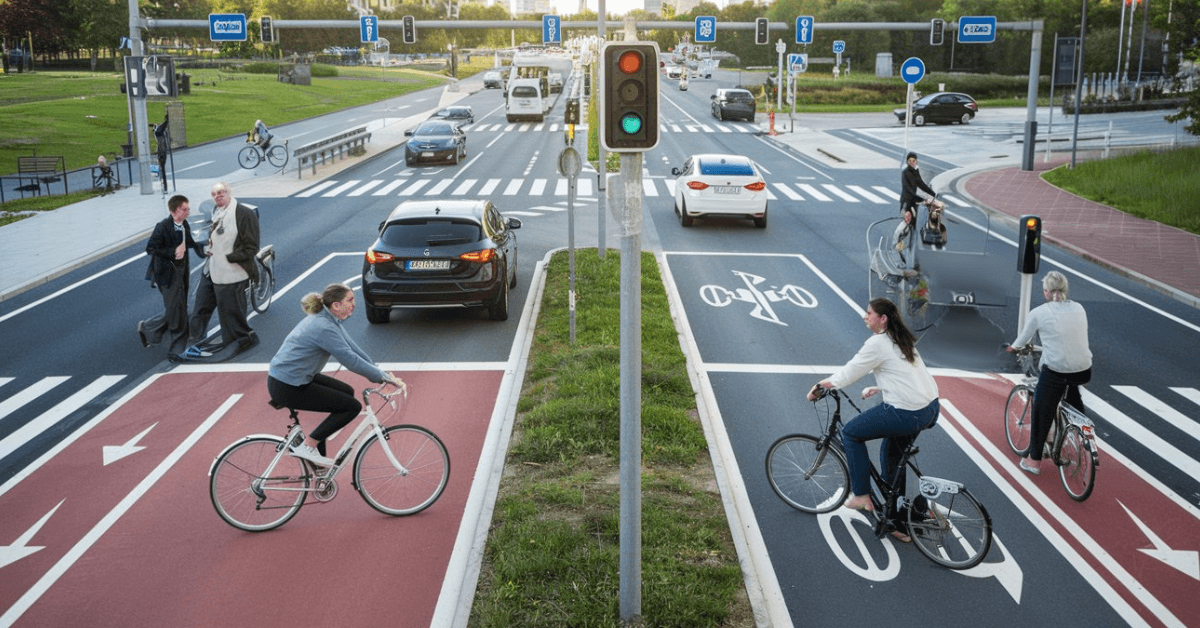 When used on roadways, bicycles are considered vehicles, meaning cyclists must adhere to traffic laws and have the same rights as motorists. Not only do such laws ensure safety, but they also encourage positive relationships between cyclists and drivers. As a cyclist or a motorist, understanding how to share the road responsibly is paramount to preventing accidents and ensuring an easier, safer experience for everyone.
When used on roadways, bicycles are considered vehicles, meaning cyclists must adhere to traffic laws and have the same rights as motorists. Not only do such laws ensure safety, but they also encourage positive relationships between cyclists and drivers. As a cyclist or a motorist, understanding how to share the road responsibly is paramount to preventing accidents and ensuring an easier, safer experience for everyone.
Following the laws associated with bicycles can help cyclists avoid legal trouble and create safer roads. Both drivers and bicycles must maintain a safe distance between the two, and bike riders must avoid collisions slowly. So let’s all share the road safely!
